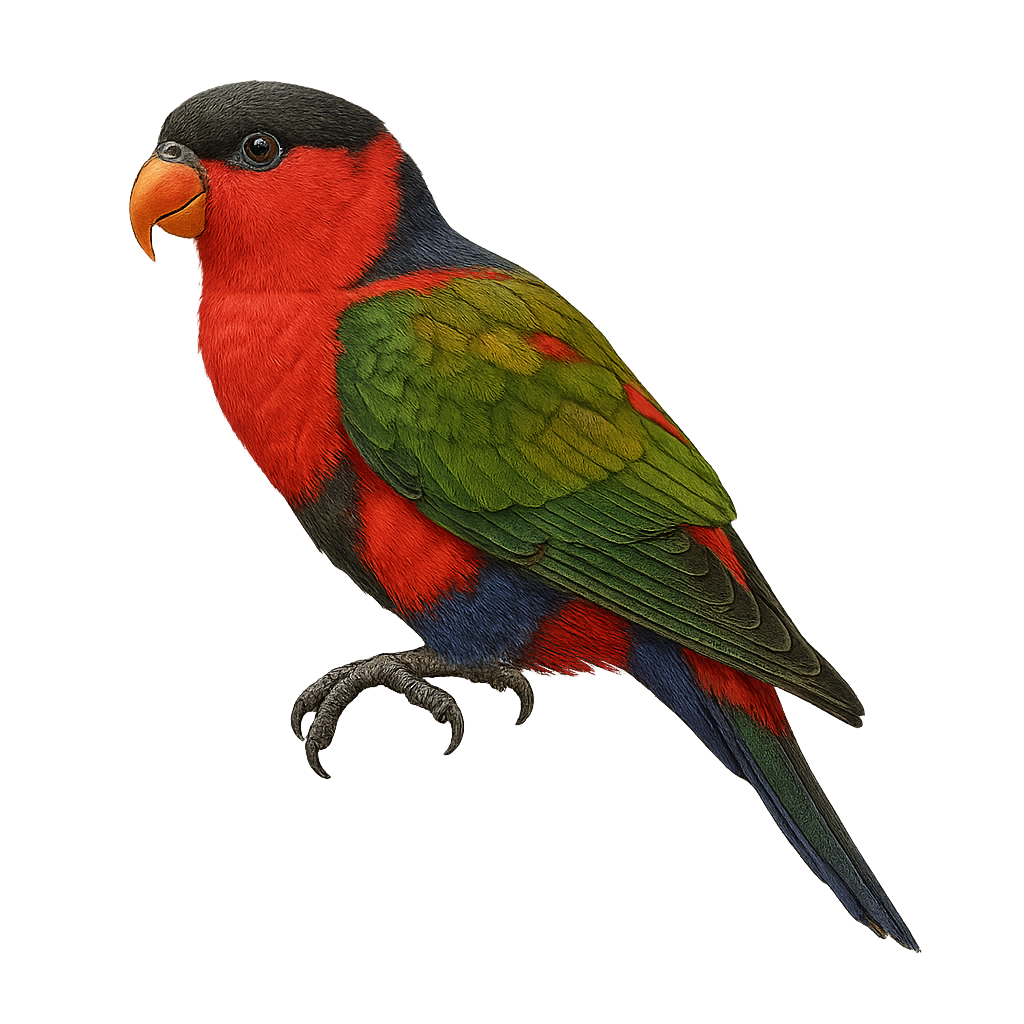Your wildlife photography guide.
Explore the rainbow lorikeet in detail, study its behavior, prepare your shots.
Where to observe and photograph the rainbow lorikeet in the wild
Learn where and when to spot the rainbow lorikeet in the wild, how to identify the species based on distinctive features, and what natural environments it inhabits. The WildlifePhotographer app offers tailored photography tips that reflect the rainbow lorikeet’s behavior, helping you capture better wildlife images. Explore the full species profile for key information including description, habitat, active periods, and approach techniques.
Rainbow Lorikeet
Scientific name: Lorius lory

IUCN Status: Least Concern
Family: PSITTACIDAE
Group: Birds
Sensitivity to human approach: Suspicious
Minimum approach distance: 10 m
Courtship display: September to November
Incubation: 24-26 jours
Hatchings: September to December
Habitat:
Tropical forests, mangroves, wooded savannas
Activity period :
Primarily active during the day, with peak activity in the morning and late afternoon.
Identification and description:
The Rainbow Lorikeet, or Lorius lory, is a colorful parrot native to the tropical forests of New Guinea and surrounding islands. This stunning bird is distinguished by its vibrant plumage, blending shades of red, blue, green, and yellow. It measures about 25 to 30 cm in length and weighs between 130 and 200 grams. The Rainbow Lorikeet is known for its curved beak and brush-tipped tongue, adapted to its diet mainly consisting of nectar and fruits. Sociable and noisy, it often lives in groups and is renowned for its aerial acrobatics. Its ability to mimic sounds also makes it a popular bird in captivity.
Recommended lens:
400 mm – adjust based on distance, desired framing (portrait or habitat), and approach conditions.
Photography tips:
To photograph the Rainbow Lorikeet, choose early morning hours when the light is soft and the bird is most active. Use a telephoto lens of 400mm or more to capture precise details without disturbing the bird. Be patient and wait for it to perch on an open branch. Tropical forests provide an ideal natural background, but make sure to expose your subject well to highlight its bright colors. A tripod can be helpful to stabilize your camera, especially if using a long focal length.
The WildlifePhotographer App is coming soon!
Be the first to explore the best nature spots, track rutting seasons, log your observations, and observe more wildlife.
Already 1 450 wildlife lovers subscribed worldwide

